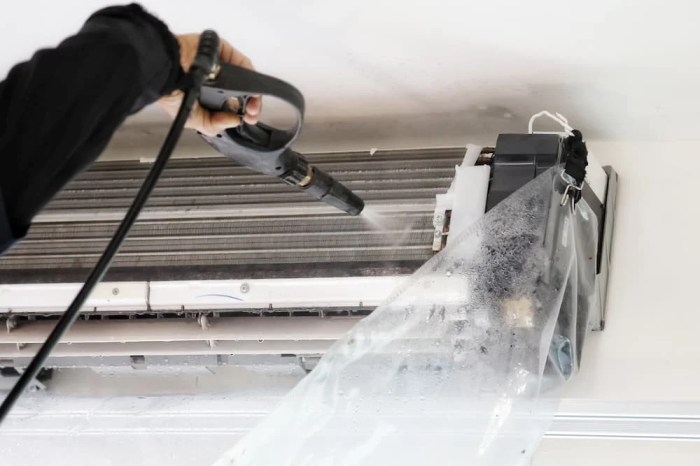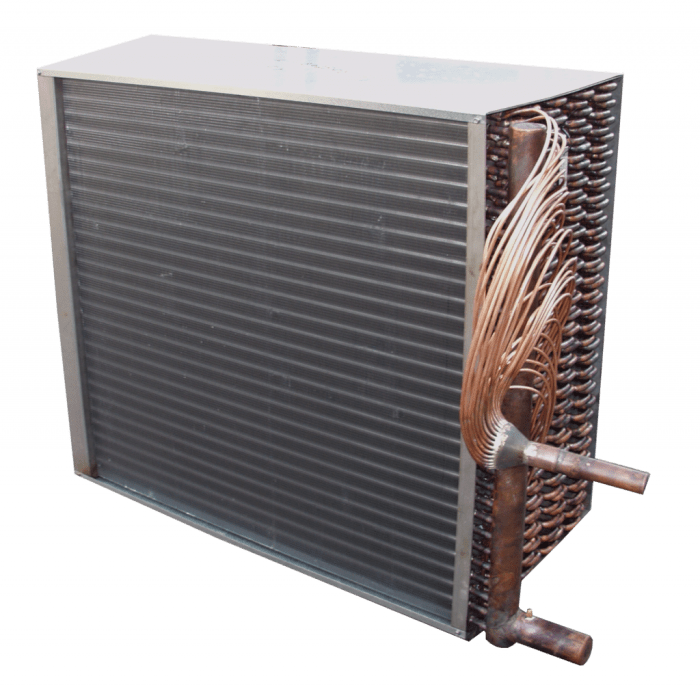Air conditioning tube and fin coils are commonly available as – Air conditioning tube and fin coils are ubiquitous components in modern HVAC systems, playing a critical role in heat transfer and air conditioning efficiency. This comprehensive guide delves into the materials, design, performance, and applications of these essential components, providing a thorough understanding of their function and importance.
Air Conditioning Tubes and Fin Coils: Air Conditioning Tube And Fin Coils Are Commonly Available As

Air conditioning tubes and fin coils are essential components in air conditioning systems, responsible for transferring heat and maintaining desired indoor temperatures. They are typically constructed using various metals and alloys, each with specific properties that influence their performance and durability.
Materials and Construction, Air conditioning tube and fin coils are commonly available as
Air conditioning tubes are typically made of copper, aluminum, or steel. Copper offers excellent thermal conductivity and corrosion resistance, making it a popular choice for refrigerant lines. Aluminum is lightweight and cost-effective, but has lower thermal conductivity compared to copper.
Steel is primarily used in industrial applications where durability is a priority.
Fin coils are typically made of aluminum or copper. Aluminum fins are lightweight, have high thermal conductivity, and are resistant to corrosion. Copper fins offer even better thermal conductivity but are more expensive.
The manufacturing process of air conditioning tubes and fin coils involves several steps, including extrusion, bending, welding, and brazing. Tubes are extruded from solid metal billets, while fins are formed by rolling or stamping thin sheets of metal.
Design and Functionality
Air conditioning tubes and fin coils are designed to maximize heat transfer efficiency. Tubes are arranged in parallel rows, with fins attached to the outer surface of the tubes. The shape and size of the fins increase the surface area available for heat transfer, allowing more heat to be exchanged between the refrigerant and the surrounding air.
The design of air conditioning tubes and fin coils also influences their pressure drop and airflow characteristics. The spacing between the fins and the diameter of the tubes affect the pressure drop, while the fin shape and arrangement affect the airflow pattern.
Performance Characteristics
The performance characteristics of air conditioning tubes and fin coils are typically measured in terms of heat transfer capacity, pressure drop, and efficiency. Heat transfer capacity refers to the amount of heat that can be transferred through the coil, while pressure drop measures the resistance to airflow.
Efficiency is a measure of the coil’s ability to transfer heat relative to its energy consumption.
The performance of air conditioning tubes and fin coils is affected by several factors, including the operating conditions, the type of refrigerant used, and the coil design. Operating conditions, such as air temperature and flow rate, can significantly impact the heat transfer capacity and pressure drop.
Applications and Compatibility
Air conditioning tubes and fin coils are used in a wide range of applications, including residential, commercial, and industrial air conditioning systems. They are compatible with various refrigerants, including R-22, R-410A, and R-32.
In residential applications, air conditioning tubes and fin coils are commonly used in split-type and window-type air conditioners. In commercial and industrial applications, they are used in larger-scale systems, such as chillers and rooftop units.
Maintenance and Troubleshooting
Proper maintenance of air conditioning tubes and fin coils is essential to ensure optimal performance and longevity. Regular inspections should be performed to check for any leaks, corrosion, or damage. Fins should be cleaned periodically to remove dirt and debris that can impede airflow.
Troubleshooting common performance issues with air conditioning tubes and fin coils typically involves identifying the root cause of the problem. Common issues include refrigerant leaks, airflow restrictions, and reduced heat transfer capacity. By identifying the underlying cause, appropriate repair or maintenance procedures can be implemented.
Industry Standards and Regulations
The design, manufacture, and installation of air conditioning tubes and fin coils are governed by various industry standards and regulations. These standards ensure the safety, performance, and reliability of these components.
Some of the key industry standards include the American Society of Heating, Refrigerating and Air-Conditioning Engineers (ASHRAE) Standard 15, which covers the safety and performance of air conditioning systems, and the Underwriters Laboratories (UL) Standard 1995, which covers the safety of air conditioning equipment.
Market Trends and Innovations
The air conditioning tubes and fin coils market is constantly evolving, with emerging trends and innovations driving the development of new materials, technologies, and designs.
One notable trend is the increasing use of microchannel coils. Microchannel coils feature smaller tubes and fins, which allows for a more compact design and higher heat transfer efficiency. Another trend is the development of self-cleaning coils, which use hydrophilic coatings to repel water and prevent the accumulation of dirt and debris.
Clarifying Questions
What are the common materials used in air conditioning tubes and fin coils?
Copper, aluminum, and stainless steel are commonly used due to their excellent thermal conductivity, corrosion resistance, and durability.
How does the design of fin coils affect their performance?
The shape, size, and arrangement of fins increase the surface area for heat transfer, enhancing the efficiency of the coil.
What factors influence the performance characteristics of air conditioning tubes and fin coils?
Factors such as refrigerant type, operating conditions, and fouling can impact heat transfer capacity, pressure drop, and efficiency.

